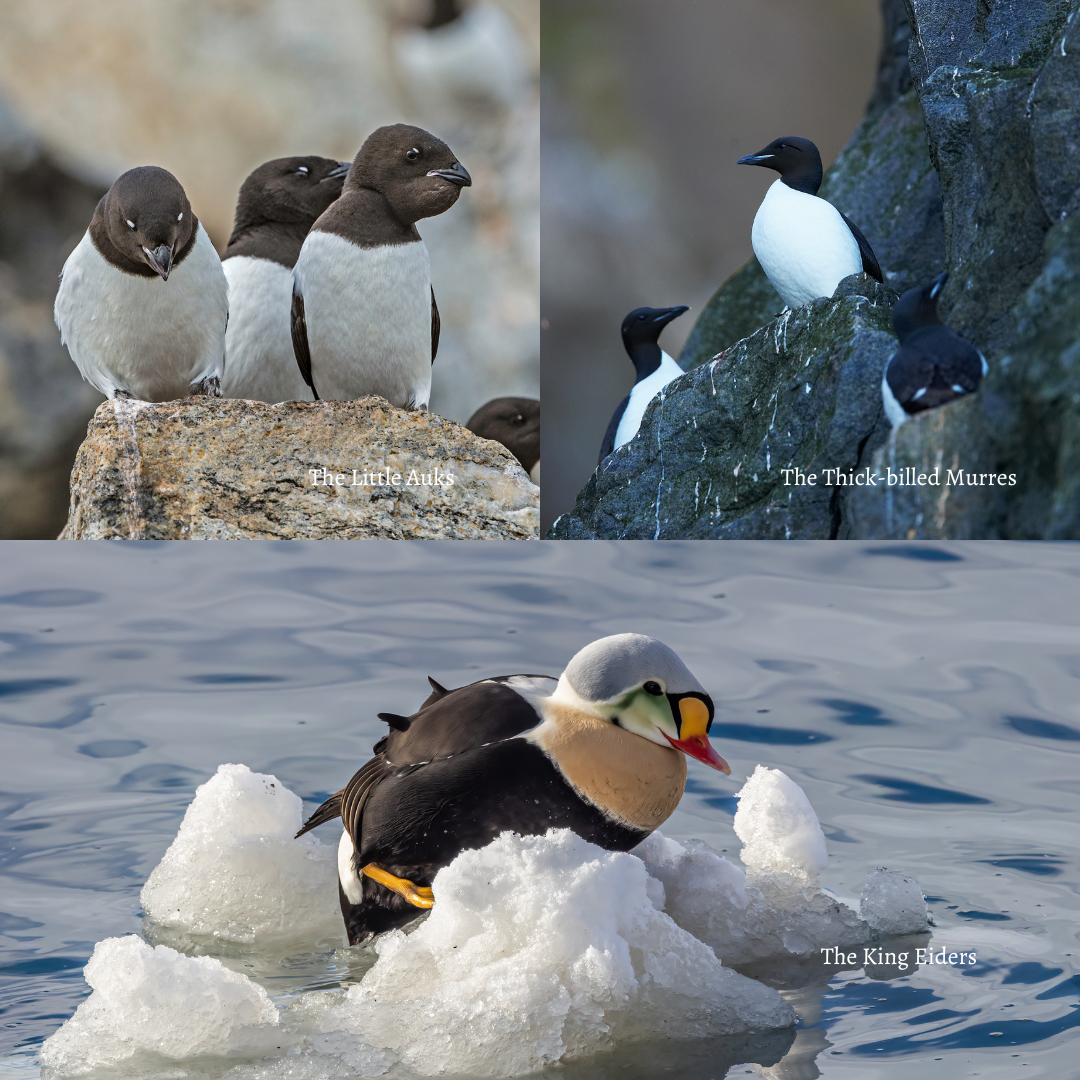Leopard seals (Hydrurga leptonyx), with their distinctive spotted coats and powerful physiques, are among the most enigmatic and fascinating inhabitants of Antarctica’s icy waters. These apex predators undertake remarkable migrations across vast distances, and scientists have been working tirelessly to unlock the secrets of their journeys. Join us as we delve into the incredible world of leopard seal migrations and the insights they offer into the mysteries of the Southern Ocean.
The Wanderers of the Antarctic – Leopard seals are formidable creatures that rule the Southern Ocean, which surrounds Antarctica. Despite their relatively stationary appearance while hauled out on ice floes or beaches, they are capable of embarking on long and purposeful migrations, making them one of the most mobile of all seals.
Understanding Migration Patterns – Researchers have been using various methods to study the migration patterns of leopard seals, including satellite tracking, acoustic monitoring, and tagging programs. These efforts have yielded a wealth of information about the routes these seals take, the distances they cover, and the purpose behind their migrations.
Foraging Expeditions – One of the primary motivations for leopard seal migrations is the search for food. These apex predators are known for their diverse diet, which includes penguins, fish, and other seals. To find abundant prey, leopard seals often travel to different areas of the Southern Ocean. Satellite tracking has revealed that some individuals venture hundreds or even thousands of kilometers from their breeding grounds to foraging hotspots.
Reproductive Season Migration – Leopard seals also undertake migrations related to their reproductive season. They return to specific breeding sites in Antarctica, where they give birth and nurse their pups. Understanding the timing and locations of these migrations is crucial for monitoring the health of leopard seal populations.
Challenges and Discoveries – Studying leopard seal migrations comes with its own set of challenges. Antarctica’s harsh climate and remote locations make research efforts arduous and demanding. However, the insights gained from these studies are invaluable, shedding light on the behavior and ecology of these magnificent creatures.
Conservation Implications – Leopard seals play a vital role in the Antarctic ecosystem, helping to regulate prey populations and maintain ecological balance. Monitoring their migrations is not only a scientific endeavor but also an essential component of conservation efforts in the region.
Leopard seal migrations are a testament to the adaptability and resilience of these apex predators in one of the harshest environments on Earth. As scientists continue to unlock the secrets of their journeys, we gain a deeper appreciation for the complex web of life in the Southern Ocean and the critical importance of preserving this pristine wilderness. Leopard seals, with their migratory wanderings, offer a window into the mysteries of the Antarctic, reminding us of the urgent need to protect this fragile ecosystem for generations to come.




